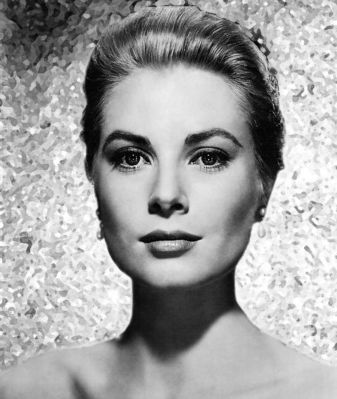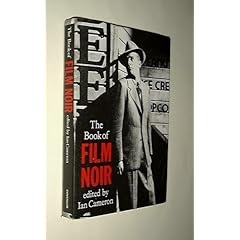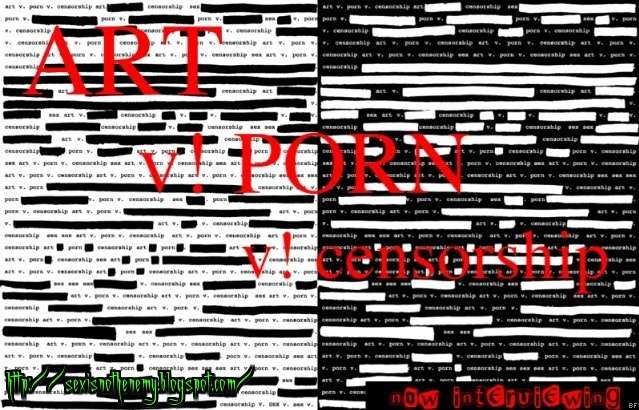I am totally aware I'm a wretched blogger. As far as news flashes go: I just put in my two weeks notice last night, effective May 25. My boyfriend's 22nd birthday, oddly enough.
So I've been a little stressed over whether or not to take up another job to fill the "void" until college in August. To be honest, however, I hated what that particular job was doing to me... and a bit of free time, so be spent fully on research may be quite nice.
Well, we'll see.
Currently, I'm reading From Reverence to Rape: the Treatment of Women in the Movies, and outlining a few key points:
*the general history of 'the treatment of women in the movies'
*Hair Dye: how hair color affects perceived personality in film
*and Feminine Agency, Villainy, and Power: through shades of darkness (film noir, over-exposed Hollywood, etc)
I've just concluded the 20s (who knew so much could be said about silence...) and with the advent of the 30s, so also arrives the Production Code-- a predecessor to the MPAA, as far as I can tell. Hopefully, I can draw some comparisons to the various levels of censorship in the 30's and current day film.
On the topic of censorship and early cinema, I'm also working my way through Complicate Women: Sex and Power in Pre-Code Hollywood, and Pre-Code Hollywood: Sex, Immorality, and Insurrection in American Cinema, 1930-1934. Once I get to the 40s and film noir, I'll skip on over to the aptly titled The Book of Film Noir. Though the densely-packed text intimidates me, I'd like to read through Valerie Steele's Fashion and Eroticism: the Ideals of Feminine Beauty from the Victorian Era to the Jazz Age... before the 20s completely escape my memory.
From all these, I would like to add to my newer topics of interest, that is to say "Hair Dye" and "Feminine Agency, Villainy, and Power: through shades of darkness...". When I'm able to focus more completely on the topic of horror, I'll get my notes together, hopefully devise a system for sorting through various collected brainwaves (from "SlasHERS" interviews, all of which have been going terrific, so far!), and get my grimy, little hands on Shocking Representation: Historical Trauma, National Cinema, and the Modern Horror Film.
I wish I could invent a few extra hours in the day, because I'm also gearing up for the documentary series "Indie Sex," which will discuss sex in cinema.
My next paycheck should be quite hefty (my video store, including myself, has only three registered employees at this point... oh God, don't get me started), but all of it will go to dorm crap or tuition or medical expenses or car expenses or, or, or... So the fact that my library doesn't carry this final book bothers me immensely. Maybe I'll start taking donations...
Regardless, though this post reads more as a therapeutic monologue than informative blurb, it did feel absolutely great to get all this out.
I may now exhale!












